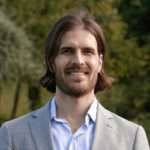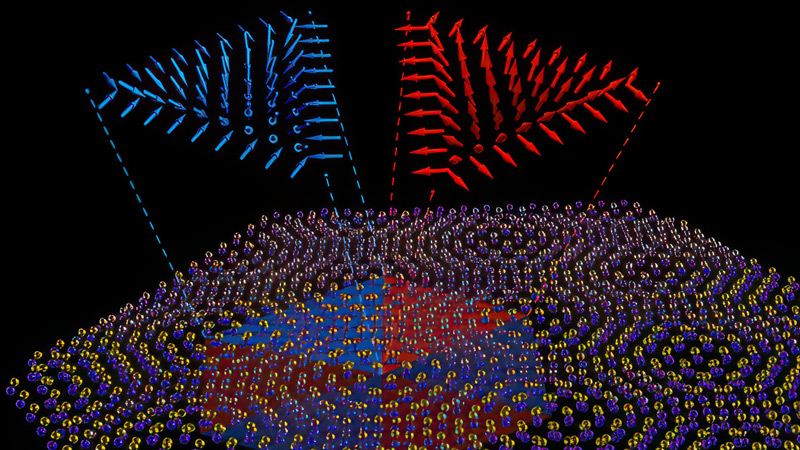Dr Anton Souslov
Biography
I am an Associate Professor working on the theory of soft materials, including mechanical metamaterials, active matter, topological states, and polymer physics.
I was an academic at the University of Bath from 2018 to 2023. Previously, I had worked in the James Franck Institute at the University of Chicago, the Lorentz Institute for Theoretical Physics at Leiden University, and the School of Physics at the Georgia Institute of Technology. I received my Ph.D. in 2011 from the University of Pennsylvania working with Tom Lubensky on descriptions of granular media, mechanical metamaterials, and colloids.
Research
New materials underpin technological progress. One class of novel materials recently developed in the lab, which we aim to theoretically understand and design, is called active matter. In an active material, components use energy to move themselves and perform useful work on their environment. These materials are broadly present in the natural world, from bacterial colonies to tissues, and we are often inspired by these biological realizations to create new synthetic matter.
More generally, materials in which large-scale constituents are used to design novel properties are dubbed metamaterials. In these materials, signals (including light, sound, and vibrations) can be controlled in a more precise way compared to a simple, atomic or molecular, material. We aim to design metamaterials with new properties, which push the limits of what is physically possible. One useful design principle for new metamaterials is topology, which deals with properties that remain invariant under continuous change.
A recent area of interest is optical fibre. Fibre optic cables carry light over vast distances. We aim to design new types of fibre, potentially useful for quantum technologies, by structuring the fibre cross-section with many cores. In these structures, principles of condensed matter, including topological physics, can be used to create new states of light.
Another area where we aim to apply ideas from soft matter is aerosol science. Aerosol droplets are around the size of a micron, and are often composed of viscoelastic soft materials. These droplets can be generated through splashing or breathing, and interact in complex ways with their environment, including surfaces and other droplets.
Return to People Directory
